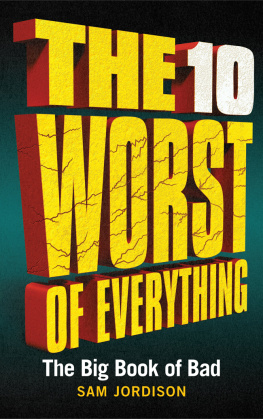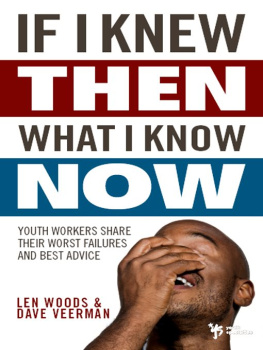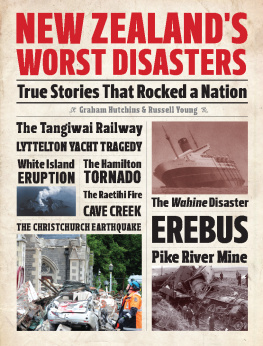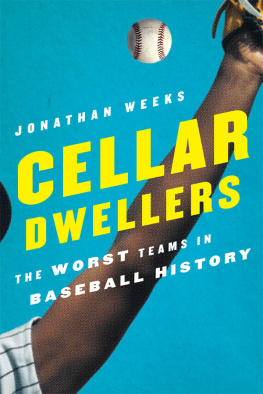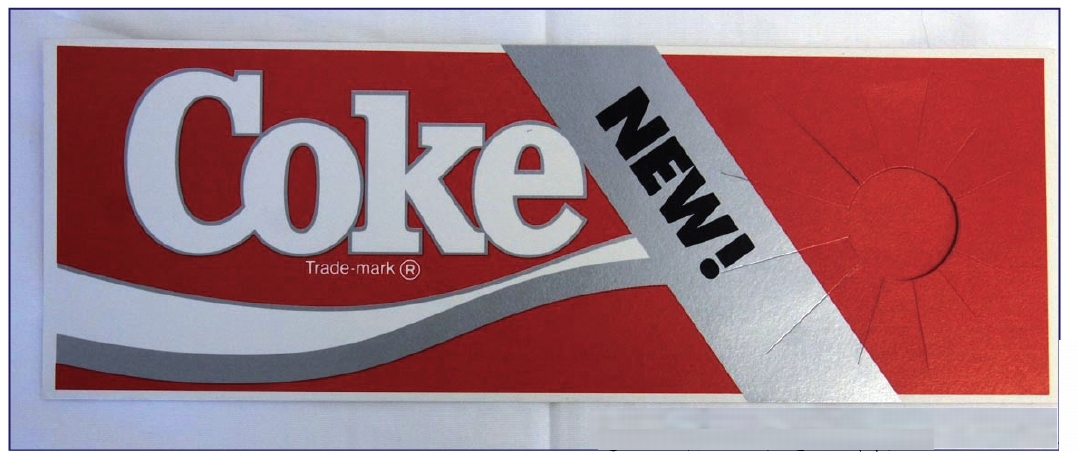Acknowledgements
T his bookat least our second attempt at getting this book publishedstarted with a bad idea.
It started when Dan, standing alone at Bostons Paradise Rock Club watched Buffalo Tomhis long-time favorite bandget up on stage in front of a sold-out crowd where they played new songs that held the audience as much as their familiar classics (well, classics to those of us who have had the joy of knowing who Buffalo Tom are). On that night, though he was happily employed, running a very cool toy store for really good money for a boss who treated him like family (and yes, that is meant as a positive), Dan decided to quit his job.
In a time where jobs were scarce and countless people we knew had been unemployed for over a year, Dan walked away from in the neighborhood of six figures without a backup plan beyond a vague plan to sell this booksomething that if we managed to beat the very long odds to accomplish would bring us at most the equivalent of a few weeks salary, which we would then have to split.
That was a foolish plan and a classic bad idea, but we didnt have a better one.
And while selling this book and having it actually get released was a bit of a dream come true, it did not (as of this writing) put much money into our bank accounts. Had the story ended with the book coming out, both my writing partner Jason and I would be very available for book signings as we lived out of our cars eating nothing but press releases and publishers proofs.
My bad idea, however, either through inspiration or blind luck has led to both of us stumbling into new lives where we never would have gone were it not for that Buffalo Tom concert and a proposal so old that people still used their cell phones mostly to make phone calls when we wrote it.
During this time, Jason was laid off from his job working at my familys business. One would not think I would have to worry about my family laying off one of my closest friends (who did a good job) but one would be wrong, and much like me, Jason was out of workthough much less happily. And while we were grappling with unemployment and dreams of publishing stardom, my wife, Celine, who had been very supportive of my foolish choice to become voluntarily unemployed during the worst economy of our lifetimes, was also struggling at her job and looking to move on.
At this point, the story could go horribly off course as it does for nearly every person behind every bad idea in this book. In my case, however, my bad idea turned into a consulting gig with a website for teachers where the general manager asked me to evaluate their operation. This turned into me overseeing a revamp of their websitea project which Jason helped me on and which Celine offered her insights on as well. And when the time came to relaunch the site with a new team behind it, well, Jason started a few weeks early as associate editor before Celine joined him as editor.
So with that backdrop, its important to say that this book would not be possible without the support of Steve Maynard, formerly my employer and forever my friend. In addition, Steves wife Pam has been strongly in my corner as have his two oldest sons, Alex and Patrick, as well as the rest of the Time Machine Family. Thanks also go to Rich Datz at EducationWorld.com for inadvertently providing Jason and Celine with a lifeline.
Dan would also like to thank his brother Todd, as the past few years would have been impossible without him. Dan also thanks his long-time friends, Allison Atkins, Ellen Maccarone, and Lauren Moynihan as well as their families for the support they have always provided. Also, as this book was conceived, written, and ultimately sold, both Jeff Colchamiro and Jennifer Barrows Fox lived through the highs and the lows with us and their support kept me going more than a few times.
And of course, Dan wishes to thank Buffalo Tom, for showing him that even if you couldnt conquer the world, you could still move forward as an artist.
Jason would like to thank his father Robert for all of the worst ideas he proposed that didnt make the final cut. He would also like to thank Mark Tomaszewski for always supporting his writing career and for giving him brutally honest advice. Finally, Jason would like to thank everyone who ever listened to the Worst of the Week podcast; you guys are the ones that keep the bad ideas flowing.
We also could not have done this without our wives, Celine Provini and Dawn Tomaszewski, who put up with our endless phone calls, weekends spent working on our podcast, and everything else we put them through in the interest of humor. The same could be said of our former Lynn Ladder co-workers, specifically Frank Koughan, Duane Boucher, Steve Young, and Mark Krook as well as our entire crew in New Haven. We truly appreciate the support.
Last, we wish to thank our editor, Ann Treistman, who told us the book was funny and didnt make us change our vision. Other publishing companies offered us more money. Nobody else offered us a place that actually believed in us.
Find more bad ideas and our weekly podcast at WorstIdeas-Ever.com .
1
New CokeReplacing the Market-Leading Product with One People Hate
U p until 1985, the formula for Coca-Cola had remained unchanged for ninety-nine years. During that time, the beverage had become the clear market leader, widely outpacing rival Pepsi in sales and becoming an iconic brand whose logo was recognizable from Tehran to Tahiti. So of course, troubled by this unparalleled success, the executives in charge of the Coca-Cola empire decided to change the formula, making it sweeter and more like its less-successful competitor.
Introduced on April 23, 1985, New Coke sparked an immediate consumer outrage. While Coca-Cola executives claimed they had introduced the new product to reenergize the brand, the move had the opposite effect: leaving customers feeling betrayed and angry. Basically, the company had taken a drink beloved by millionspartially because it was an American classic that never changedand changed it just to shake things up.
The original announcement of the change actually led to die-hard Coke fanatics buying and stockpiling large quantities of the beverage and storing it to drink after the new product was introduced. Actual protest groups including Society for the Preservation of the Real Thing popped up, and Coca-Colas 1-800-GET-COKE line was flooded with complaints.
Anger at New Coke was so strong that the company was forced to bring back the original formula a mere seventy-nine days later on July 11, 1985. The revived original brand dubbed Coca-Cola Classic was sold alongside its much less popular, doomed replacement for a few years, with Coca-Cola attempting to market New Coke to younger audiences who presumably enjoyed sweeter beverages. Eventually, New Coke was renamed Coke II before it was taken off the market in the United Statesthough it continues to be sold in some foreign countries.
The swiftness with which Coca-Cola reintroduced its original formula has led to much speculation that the entire New Coke introduction was merely a marketing ploy to get people excited about the brand again. Though marketing personnel at the company probably wish that had been the case, Cokes executives have always denied that there had been any plan, insisting that they were actually dumb enough to decide to change what wasnt broken.


